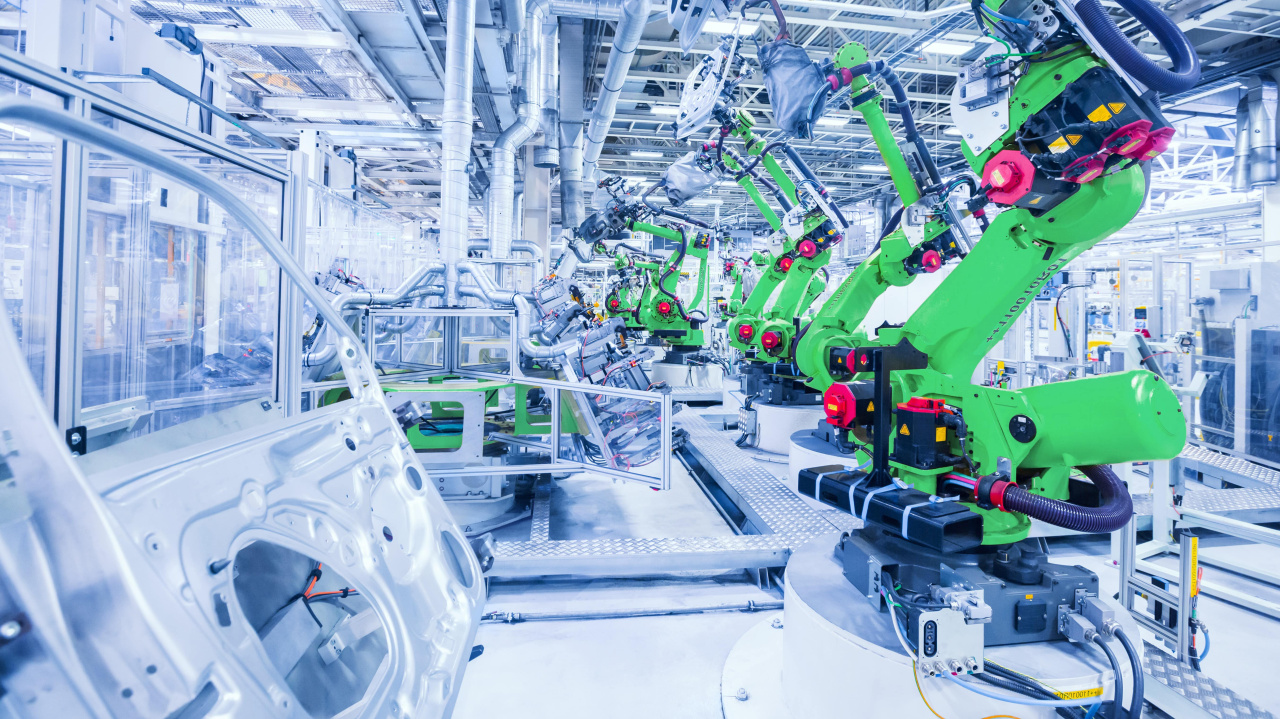In the ever-changing world of manufacturing finance, the concept of Pay-per-Use Equipment Finance is emerging as an unifying force, changing conventional models while providing unimaginable business flexibility. Linxfour is at the forefront of this new era, utilizes Industrial IoT to bring a new way of finance that benefits both manufacturers and equipment operators. We examine the complexities of Pay per Utilization financing, its effect on sales under difficult conditions and how it changes accounting practices by moving the focus from CAPEX to OPEX and removing the balance sheet treatment that is required as per IFRS16.
The power of Pay-per-Use Financing
At its core, Pay per Use financing for manufacturing equipment is a game-changer. Companies are no longer paying rigid fixed amounts and instead pay according to how the equipment is actually utilized. Linxfour’s Industrial IoT integration ensures accurate monitoring of usage, ensuring transparency, and removing extra costs or penalties when the equipment is underutilized. This new approach improves flexibility when managing cash flow. It is particularly important when there is a fluctuations in demand from customers as well as lower revenue.
Influence on sales and business conditions
There is a general consensus that Pay per use financing has a lot of potential. Even in tough economic times, 94% of equipment manufacturers believe that this type of financing will increase sales. Costs that are aligned with usage of equipment is appealing to businesses who seek to make the most of their investment. This also allows companies to offer more attractive financing to clients.
Accounting Transformation: From CAPEX to OPEX
Accounting is among the most significant distinctions between traditional leasing and pay-per-use financing. With Pay-per-Use, businesses undergo a fundamental transformation by shifting from capital expenditures (CAPEX) to operating expenses (OPEX). This shift has significant consequences for financial reporting giving a more precise reflection of the expenses associated with revenue generation.
Unlocking Off-Balance Sheet Treatment under IFRS16
Pay-per Use financing offers a significant advantage over conventional financing because it can be used to get an off balance sheet treatment. This is a major aspect of International Financial Reporting Standard 16(IFRS16). Businesses can get rid of these obligations by converting the costs of financing equipment. This not only reduces the amount of financial leverage, but it also eliminates obstacles to investing which makes it a desirable choice for businesses that want flexible financial structures.
In the case of under-utilization, KPIs can be improved and TCO improved.
Pay-per Use model as well as being off balance sheet, helps in improving key performance indicators, such as cash flow free and Total cost of Ownership (TCO) particularly when there’s a lack of utilization. When equipment doesn’t meet the expectations of usage the traditional leasing model can be unsustainable. Companies can improve their financial performance by reducing fixed costs on assets that aren’t being utilized.
Manufacturing Finance The Future of Manufacturing Finance
Innovative financing models like Pay-per Use are helping businesses navigate the economic landscape which is rapidly changing. They also open the way to a future more flexible and resilient. Linxfour’s Industrial IoT approach benefits not just manufacturers and operators of equipment, but also aligns itself with the current trend of companies searching for more flexible and sustainable financing options.
Therefore, Pay-per use, along with the accounting shift from CAPEX (capital expenditure) to OPEX (operating expenses) as well as the off balance sheet approach of IFRS16 are a major development in manufacturing financing. In a time when businesses are striving for financial agility, cost-effectiveness as well as improved KPIs the adoption of this new financing method becomes a strategic imperative in staying ahead of the curve in the constantly evolving manufacturing market.
